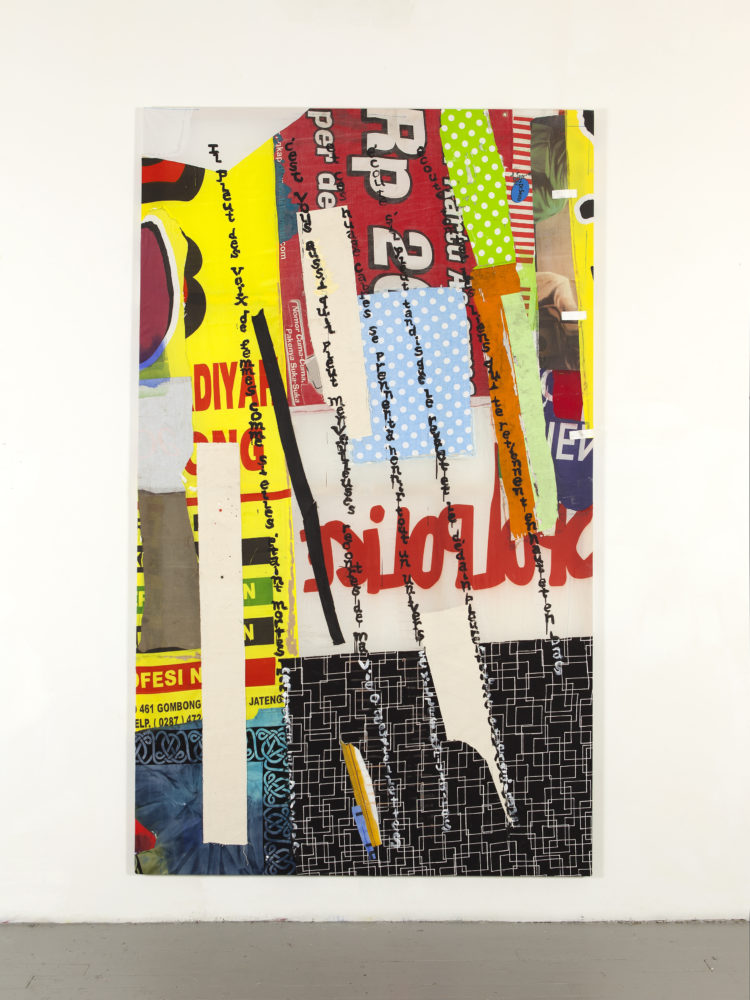Regretfully, the world has become more and more of a suburban mall & one can go almost anywhere & avoid any meaningful contact. But it’s important to travel & search out the intercises. When I think about globalization I think of my first visit to Asia in 1989. I stopped in Singapore, the paradigm for authoritarian consumerist societies. I thought, what have we here? Then of course the Singapore model swept the world. If you are impoverished, you will readily sacrifice personal freedoms for a better standard of living. I traveled for other reasons, but I was clearly witnessing this model manifesting itself wherever I went. It came particularly swiftly to Vietnam, where I lived for a while on a Fulbright and I still return to every few years. I got to know a lot of artists there, and the government doesn’t make things easy for them. And the Arab Spring made that government very nervous and more repressive. Despite its problems, Vietnam is a very, very interesting, special place.
A: In addition to your own artwork, you have written extensively about art and other artists. Does your past art criticism influence your current work?
JF: I have always respected the craft of writing, and with the help of some good editors, Raphael Rubinstein in particular, I was able to improve mine. Learning to write for publication enabled me to educate myself further as I could visit artists everywhere. I spent a lot of time in Paris, where I discovered a substantial discourse involving painting. Writing about painting in France from WWII up to the present has perhaps been the biggest influence on my work. But then, through my writing I also discovered and met, Han Josephsohn and Tran Trung Tin, great artists that I would also consider influences.
A: You are a frequent international traveler, but were born in New York City and continue to live here. What keeps you returning to New York?
JF: I was away long enough at one point that after contemplating living permanently elsewhere I began to understand that I needed the familiar more than I suspected. And I love the space in Brooklyn where I have lived and worked for 33 years. If I continue to have the same wonderful, benign landlord there is no reason to not keep returning.




